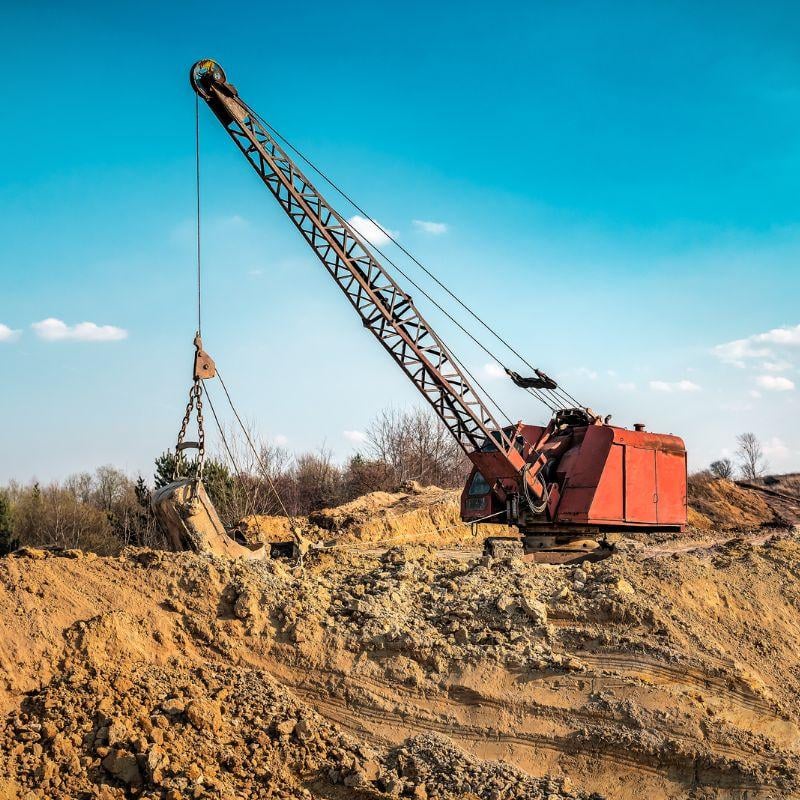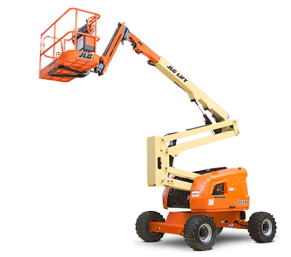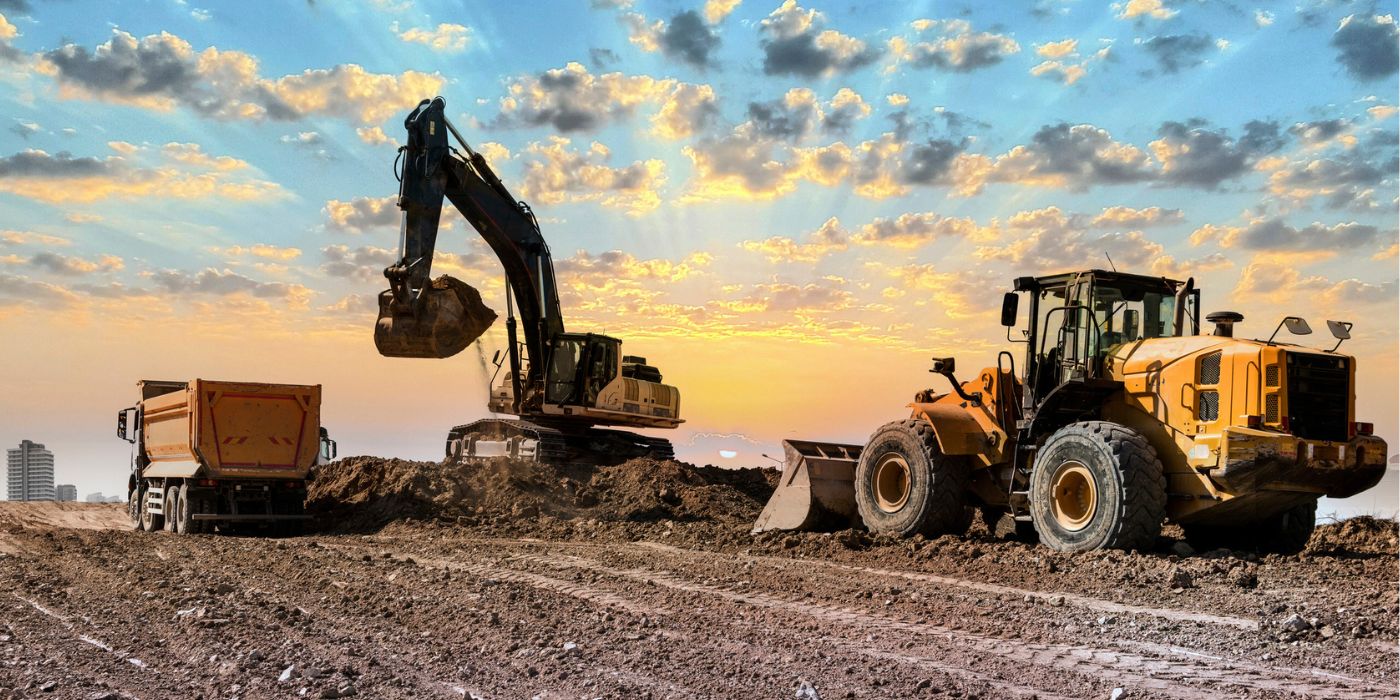Aerial Lift Rental: Safe and Trusted Accessibility for High-Altitude Job
Aerial Lift Rental: Safe and Trusted Accessibility for High-Altitude Job
Blog Article
Key Factors To Consider When Selecting Building Tools Leasings for Numerous Types of Structure Tasks
Choosing the ideal construction devices leasings is a critical component that can considerably influence the success of any type of structure task. Key considerations consist of a comprehensive assessment of job requirements, spending plan restrictions, and website problems, all of which play a vital duty in establishing the appropriate tools for the task.
Job Requirements Assessment
Reliable job demands assessment is essential for ensuring the effective implementation of building projects. This procedure includes an extensive examination of the particular requirements and objectives of the project, which serves as the foundation for picking ideal building and construction equipment. In order to facilitate accurate decision-making, stakeholders must gather thorough information concerning the job timeline, site, and extent conditions.
Key variables to think about throughout the evaluation include the sort of construction job, the volume of products to be managed, and the spatial constraints of the work site. Understanding the job's unique needs allows project supervisors to determine the necessary devices that will maximize effectiveness and productivity. In addition, a comprehensive analysis assists in establishing the abilities and limitations of available tools choices, guaranteeing that selected leasings fulfill performance criteria.

Budget and Price Analysis
Budgeting for building and construction tools rentals is a critical facet that directly influences the general monetary health and wellness of a task. aerial lift rental. An extensive cost analysis need to take right into account not just the rental fees yet also additional expenses connected with running the tools, such as gas, upkeep, transport, and possible damages waivers
When establishing a budget, it is necessary to compare rental expenses amongst numerous distributors to recognize the very best value. This includes examining the period of the rental duration and any type of possible discounts for long-term arrangements. Furthermore, understanding the particular requirements of the job can assist stay clear of overspending on unnecessary devices.
Additionally, it is prudent to designate a contingency allocate unforeseen situations that might occur during the job, such as equipment malfunctions or expanded rental durations. This makes sure that the task continues to be economically feasible also if unanticipated prices occur.
Lastly, tracking expenses throughout the rental duration will certainly supply understandings into spending plan efficiency, enabling changes as essential and fostering better decision-making for future tasks - aerial lift rental. By carefully analyzing expenses, project managers can keep monetary control while ensuring that the needed equipment is offered to fulfill project needs efficiently
Tools Type and Requirements

It is critical to evaluate the tools's specs, including lots power, reach, and ability output, to guarantee they meet the task's demands. Additionally, take into consideration the setting in which the devices will certainly be utilized; elements such as terrain, area restraints, and site problems can substantially impact efficiency.
Moreover, the age and maintenance history of the rental tools must not be overlooked, as more recent models commonly integrate innovative technology that boosts operational performance and security. Consulting with devices service professionals can provide useful understandings into one of the most ideal choices heavy equipment rental based upon your job's scale and intricacy. By very carefully reviewing devices kinds and their specifications, job managers can ensure that they choose the right devices necessary to achieve optimum cause their building endeavors.
Rental Conditions
Recognizing the equipment type and specifications is just component of the rental procedure; similarly crucial are the rental terms that control the agreement. These terms specify the assumptions and duties of both the occupant and the rental firm, making sure a smooth deal.

Key elements of rental terms consist of the duration of the rental, settlement timetables, and any type of involved costs. It is essential to make clear whether the rental duration is based on daily, once a week, or month-to-month rates, as well as any penalties for late returns. In addition, recognizing the repayment structure, including deposits and insurance policy expenses, is essential to prevent unexpected costs.
Another essential element is upkeep and repair work responsibilities. The rental contract should define that is responsible for tools upkeep and just how to deal with tools failures throughout the rental period. Moreover, it is essential to examine liability stipulations, particularly pertaining to damage to the tools or third-party injuries.
Lastly, recognize the terms surrounding devices pickup and return. A clear understanding of these problems can make certain and avoid disagreements that the rental process is reliable and efficient, ultimately adding to the success of your structure task.
Provider Online Reputation and Support

Additionally, evaluate the vendor's background in the marketplace, including their experience with similar projects. Established providers with a tested track record are most likely to provide the needed tools and assistance without delay.
Just as important is the degree of customer support provided. A receptive assistance group can make a substantial distinction, specifically in immediate scenarios where tools failures might occur. Ensure that the supplier offers accessible communication networks and agrees to provide support or services swiftly.
Additionally, inquire about maintenance protocols and tools problem. A vendor that prioritizes regular inspections and upkeep is likely to provide well-functioning equipment, decreasing the risk of hold-ups in your job. Eventually, an extensive examination of vendor track record and support will certainly promote a smoother rental procedure, improving general job success.
Conclusion
In conclusion, selecting ideal building and construction devices rentals demands a detailed evaluation of task requirements, budget restrictions, and devices specifications. Mindful analysis of rental terms, together with a provider's credibility and support, more boosts the decision-making procedure. By considering these vital variables, job supervisors can guarantee the safe and reliable execution of building jobs, ultimately bring about effective end results and reduced disruptions. An organized technique to equipment selection is important for optimizing task efficiency.
Comprehending the project's one-of-a-kind requirements makes it possible for project supervisors to recognize the required equipment that will certainly optimize performance and efficiency.Cooperation amongst task stakeholders is necessary throughout this phase, as it fosters a shared understanding of project goals and equipment needs. By thoroughly assessing project demands, building groups can stay clear of pricey hold-ups and devices mismatches, ultimately adding to the smooth development of the project and adherence to timelines. The rental contract should specify that is responsible for equipment upkeep and exactly how to handle equipment failures throughout the rental period.In final thought, choosing suitable construction equipment services requires a comprehensive examination of task needs, spending plan restrictions, and devices specs.
Report this page